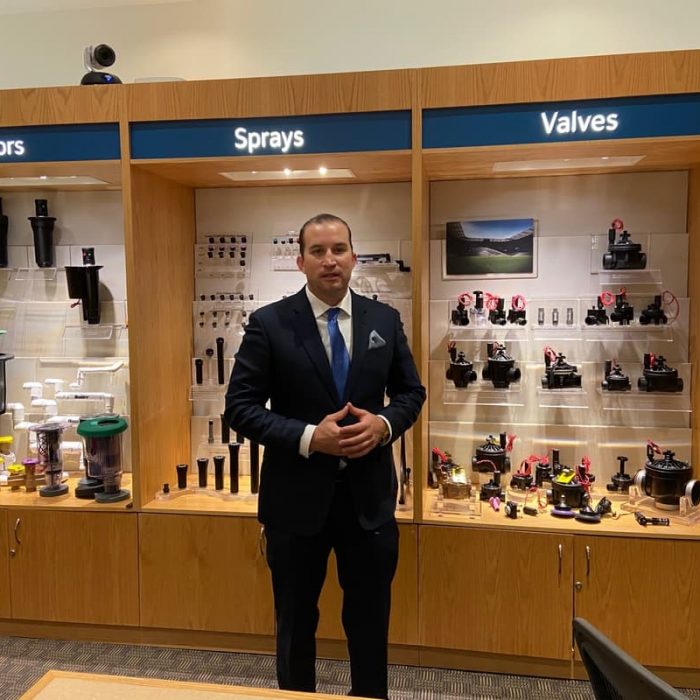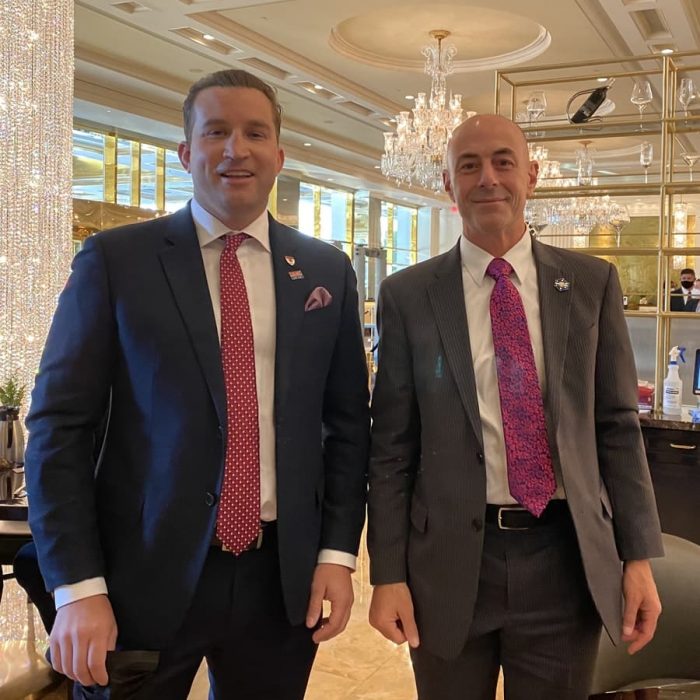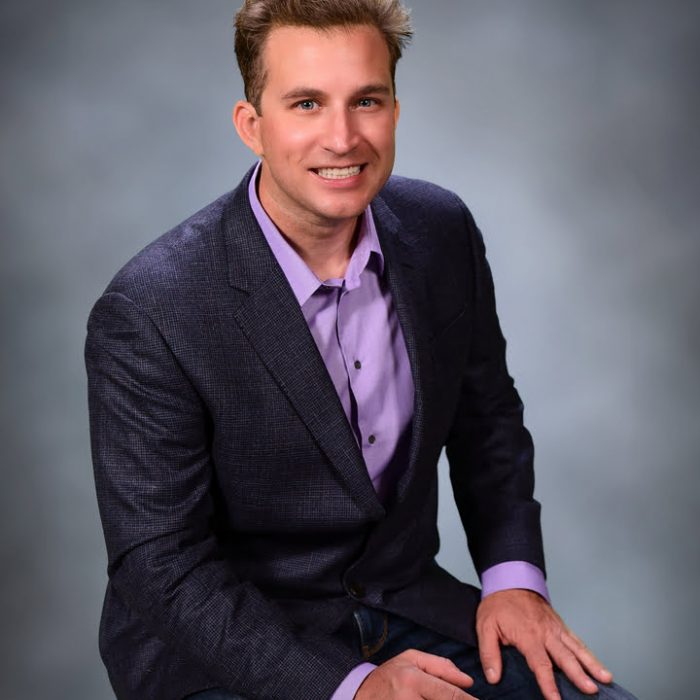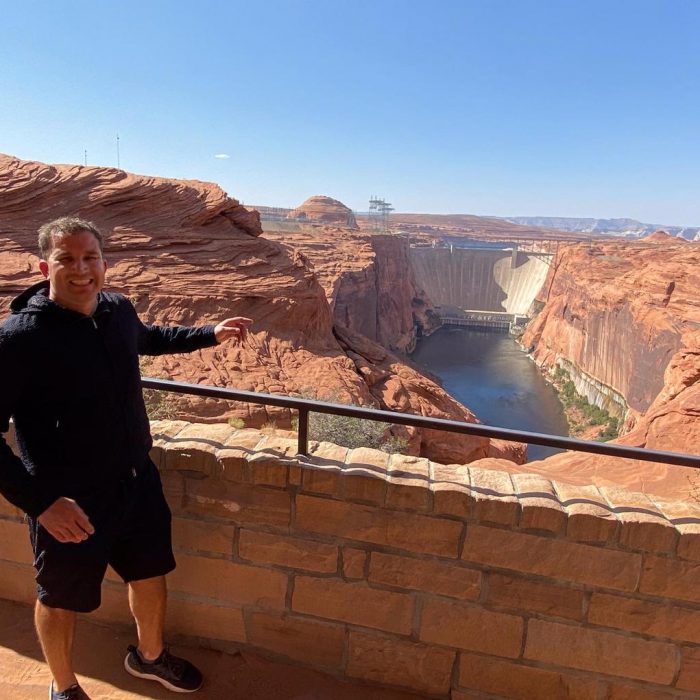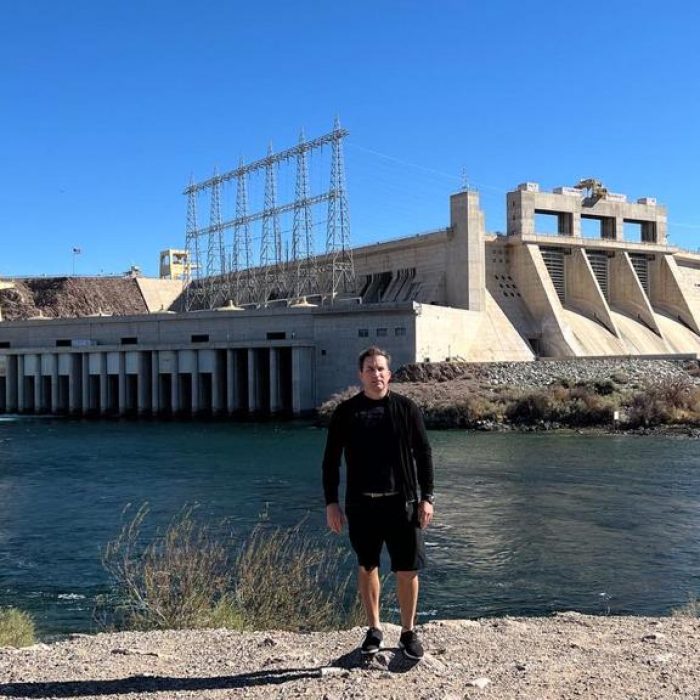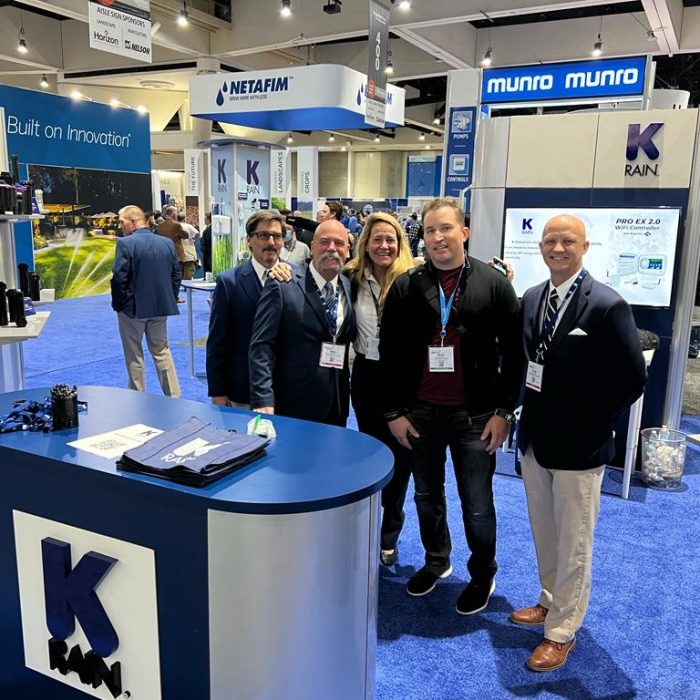Andrew Shea
At Wild West Landscaping & Irrigation, LLC, Our customer service is expressed in our attentiveness to our clients, our clear communication skills, and our extensive
product knowledge. Our quotes are clear, well defined, and we keep our clients updated all through the repair process.
founder & owner of WWLI
Andrew Shea
Andrew Shea is the owner and founder of Wild West Landscaping & Irrigation, LLC in Mohave County, California, USA. When the summer sun arrives in the Imperial Valley of California, few places in the American Southwest or anywhere else in the United States are any hotter. Daytime temperatures average in the low hundreds during June, July, and August, but highs above 110°F are not uncommon, according to contractor Andrew Shea, owner of Wild West Landscaping & Irrigation, LLC.
Shea had frequented the Imperial Valley for nearly 20 years, so he knew the climate and the challenges before moving here. Since March 2014, he has carved out a solid business niche helping growers, businesses and homeowners cope with the desert heat by renovating and maintaining their sprinkler systems. A high-energy entrepreneur with a passion for his work.
Shea respects and values the community He lives in. He has an exceptional work ethic. His vision is to apply his hands-on innovation to make the industry and community grow.
- Shea is a board member of the Brawley Chamber of Commerce. 2020-present
- Shea is also a board member of the Imperial County Airport Advisory Committee. 2015-present
interview with Andrew Shea about hot blue PVC
“We strive to deliver exceptional work using only the highest quality parts.”
Q: For how many projects have you used Oatey’s Hot Blue PVC Cement since its introduction roughly a year ago? For what types of projects?
Andrew Shea (AS): “Maybe 16 cans on 20 different jobs. It has performed great on all of them. Roughly half our work is residential, but the Imperial Valley is a large agriculture community, so I do a lot of work — maybe 25 percent of our business — for big farmers as well.”
Q: What did you like about it?
FJ: “I like how it doesn’t drip down the pipe. Other glues run and drip, while Hot Blue is more gooey and it stays put on the connection, rather than running. That means a cleaner, better connection.”
Q: What is the setting time? It’s fast...but not too fast?
FJ: “Hot Blue does set fast. But I have some playtime: I hold it for 10 to 15 seconds, and it is firm. It also dries quickly in non-pressure applications — less than 10 minutes.
“Both of those benefits impact labor costs. As a contractor, I just want to get in and go on a project! A product that helps me make pipe connections quickly is invaluable.
“Finally, I like its reliability. Once I turn the irrigation system on, I am confident there will be no leaks anywhere in the system. In other words, the system will not come apart, and I won’t need to go back to excavate the yard to fix it.”
Q: How critical is pipe cement to system reliability? How is that demonstrated over time?
AS: “Every project has obstacles — drains, concrete, tree roots — that must be worked around. Those obstacles lengthen the installation time. So anything that helps speed things up without hurting quality is welcome.
“But pipe cements play a role in the durability of a sprinkler system as well. Tree roots are not only big and strong, but they are also smart enough to find the weakest points in a sprinkler or irrigation system. If the glue is not strong enough to resist, the roots will break the pipe connections by forcing themselves into the joint.”
Q: How does Hot Blue handle the extreme heat of the Imperial Valley?
AS: “It can get to be 120°F in the desert — that’s about as extreme as you will encounter. That’s why chemical companies offer me their glues to test: They want to see how their products perform in these extreme conditions. But even in the high heat, the Hot Blue stays consistent. Other glues I’ve used in dry conditions tend to clot or harden.”
Q: What impact does the water in the Imperial Valley have on PVC cements like Hot Blue?
AS: “Our water travels a great distance: from the Colorado River through Lake Mead and the Hoover Dam in Nevada and then via the All-American Canal [an 80-mile long aqueduct, located in southeastern California] before arriving in the valley. I have a large collection of original documents, photographs, and maps from the All-American Canal construction that I have used to study the history of our water. That way, I’m better prepared on the job. Untreated canal water has grime and mineral deposits, and those deposits can have an adverse impact on an irrigation system. But I have found that Oatey’s Hot Blue works great even on agricultural systems that use canal water.”
Q: Given your success using Hot Blue to date, will you continue using it?
AS: “Yes. Where I have used it, in dry applications not under constant pressure, the product has performed well. As I said, I like its reliability, and I will give you an example. I recently had an orchard project with 500 feet of PVC, and I used Hot Blue throughout — not just because the application was ‘dry,’ but also for my peace of mind. The project was a two-hour drive from Imperial, so I thought: “Hey, Hot Blue is so reliable, I know the system won’t come apart, and I won’t need to make that four-hour round-trip again!”
We Transform Yards Into Areas Of Beauty
Wild West Landscaping & Irrigation, LLC ROC #347087 CR-21.
We are the most dependable licensed and insured landscaping and irrigation expert in Mohave county.
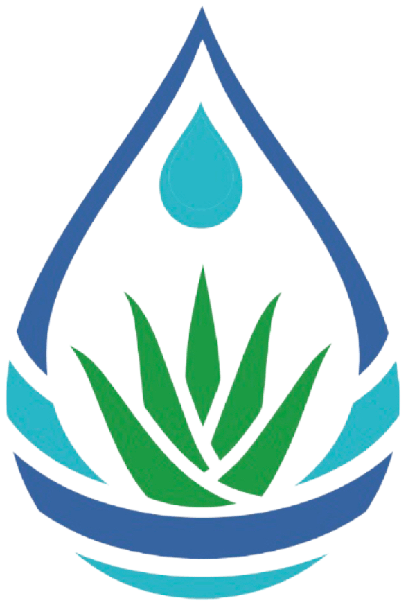
Wild West Landscaping & Irrigation, LLC
We are the most dependable licensed and insured landscaping and irrigation expert in Mohave county.
Contact Info
-
Wild West Landscaping & Irrigation,
LLC PO BOX 4346
Kingman #21679, AZ 86402 -
Serving Kingman,
Golden Valley,
Bullhead and Lake Havasu City,
Greater Mohave County. - 928-727-1464
- wildwestlandscaping@yahoo.com
Get In Touch
Be updated. Be connected. Follow us on our social media accounts.
Copyright © 2021 Wild West Landscaping, LLC
- Terms & conditions
- privacy policy
- sitemap
